I'm experiencing an odd rendering problem in SOME versions of Chrome when trying to render the unicode characters U+2795 thru U+2797, the Heavy Plus/Minus/Division Signs. On some versions of Chrome, the sign will render as an ugly gray with some kind of black pseudo-outline, which does not respond to CSS color commands. Here is an image:
For a sample of how it looks on every other browser I've tried, see FileFormat.info - Unicode Character HEAVY PLUS SIGN
By SOME versions, I mean, I can't seem to narrow it down to a particular version of Chrome. The same version of Chrome on two different computers running Win10 will render differently, and I can't find where the difference is.
Is this a bug in Chrome? I can't seem to find where anyone else has run into this problem. I'm trying to include this on a website, but if certain versions of Chrome render it ugly, I need to find another solution.
-- edit --
XY Problem
My purpose is to use the +/- as the "expand/collapse" markers in a collapsible accordion box where the background may be light-colored or dark-colored. I was hoping to be able to color them to match the remainder of the text without needing to resort to images, but based on the comments below I'm starting to think it may be easier to throw together an .svg, recolor it in CSS, and be done with it.
